India at a Glance
India at a Glance
BACKGROUND
India is one of the oldest civilizations in the world with a kaleidoscopic variety and rich cultural heritage. It has achieved all-round socio-economic progress during the last 65 years of its Independence. India has become self-sufficient in agricultural production and is now one of the top industrialized countries in the world and one of the few nations to have gone into outer space to conquer nature for the benefit of the people. It covers an area of 32,87,263 sq. km, extending from the snow-covered Himalayan heights to the tropical rain forests of the south. As the 7th largest country in the world, India stands apart from the rest of Asia, marked off as it is by mountains and the sea, which give the country a distinct geographical entity. Bounded by the Great Himalayas in the north, it stretches southwards and at the Tropic of Cancer, tapers off into the Indian Ocean between the Bay of Bengal on the east and the Arabian Sea on the west.
Lying entirely in the northern hemisphere, the mainland extends between latitudes 8° 4′ and 37° 6′ north, longitudes 68° 7′ and 97° 25′ east and measures about 3,214 km from north to south between the extreme latitudes and about 2,933 km from east to west between the extreme longitudes. It has a land frontier of about 15,200 km. The total length of the coastline of the mainland, Lakshadweep Islands and Andaman & Nicobar Islands is 7,516.6 km.
GEOGRAPHY
Particulars Description
Location The Indian peninsula is separated from mainland Asia by the Himalayas. The Country is surrounded by the Bay of Bengal in the east, the Arabian Sea in the west, and the Indian Ocean to the south.
Geographic Coordinates Lying entirely in the Northern Hemisphere, the Country extends between 8° 4′ and 37° 6′ latitudes north of the Equator, and 68° 7′ and 97° 25′ longitudes east of it.
Indian Standard Time GMT + 05:30
Area 3.3 Million sq. km
Telephone Country Code +91
Border Countries Afghanistan and Pakistan to the north-west; China, Bhutan and Nepal to the north; Myanmar to the east; and Bangladesh to the east of West Bengal. Sri Lanka is separated from India by a narrow channel of sea, formed by Palk Strait and the Gulf of Mannar.
Coastline 7,516.6 km encompassing the mainland, Lakshadweep Islands, and the Andaman & Nicobar Islands.
Climate The climate of India can broadly be classified as a tropical monsoon one. But, in spite of much of the northern part of India lying beyond the tropical zone, the entire country has a tropical climate marked by relatively high temperatures and dry winters. There are four seasons:
i. winter (December-February)
ii. summer (March-June)
iii. south-west monsoon season (June-September)
iv. post monsoon season (October-November)
Terrain The mainland comprises of four regions, namely the great mountain zone, plains of the Ganga and the Indus, the desert region, and the southern peninsula.
Natural Resources Coal, iron ore, manganese ore, mica, bauxite, petroleum, titanium ore, chromite, natural gas, magnesite, limestone, arable land, dolomite, barytes, kaolin, gypsum, apatite, phosphorite, steatite, fluorite, etc.
Natural Hazards Monsoon floods, flash floods, earthquakes, droughts, and landslides.
Environment – Current Issues Air pollution control, energy conservation, solid waste management, oil and gas conservation, forest conservation, etc.
Environment – International Agreements Rio Declaration on environment and development, Cartagena Protocol on biosafety, Kyoto Protocol to the United Nations Framework Convention on climatic change, World Trade Agreement, Helsinki Protocol to LRTAP on the reduction of sulphur emissions of nitrogen oxides or their transboundary fluxes (Nox Protocol), and Geneva Protocol to LRTAP concerning the control of emissions of volatile organic compounds or their transboundary fluxes (VOCs Protocol).
Geography – Note India occupies a major portion of the south Asian subcontinent.
PEOPLE
Information about Indian Citizens
Particulars Description
Population India’s population, as on 1 March 2011 stood at 1,210,193,422 (623.7 million males and 586.4 million females)
Population Growth Rate The average annual exponential growth rate stands at 1.64 per cent during 2001-2011
Birth Rate The Crude Birth rate was 18.3 in 2009
Death Rate The Crude Death rate was 7.3 in 2009
Life Expectancy Rate 65.8 years (Males); 68.1 years (Females) in the period 2006-2011
Sex Ratio 940 according to the 2011 census
Nationality Indian
Ethnic Groups All the five major racial types – Australoid, Mongoloid, Europoid, Caucasian, and Negroid find representation among the people of India.
Religions According to the 2001 census, out of the total population of 1,028 million in the Country, Hindus constituted the majority with 80.5%, Muslims came second at 13.4%, followed by Christians, Sikhs, Buddhists, Jains, and others.
Languages There are 22 different languages that have been recognised by the Constitution of India, of which Hindi is an Official Language. Article 343(3) empowered Parliament to provide by law for continued use of English for official purposes.
Literacy According to the provisional results of the 2011 census, the literacy rate in the Country stands at 74.04 per cent, 82.14% for males and 65.46% for females.
GOVERNMENT
Information about Indian Government
Particulars Description
Country Name Republic of India; Bharat Ganrajya
Government Type Sovereign Socialist Democratic Republic with a Parliamentary system of Government.
Capital New Delhi
Administrative Divisions 28 States and 7 Union Territories.
Independence 15th August 1947 (From the British Colonial Rule)
Constitution The Constitution of India came into force on 26th January 1950.
Legal System The Constitution of India is the fountain source of the legal system in the Country.
Executive Branch The President of India is the Head of the State, while the Prime Minister is the Head of the Government, and runs office with the support of the Council of Ministers who form the Cabinet Ministry.
Legislative Branch The Indian Legislature comprises of the Lok Sabha (House of the People) and the Rajya Sabha (Council of States) forming both the Houses of the Parliament.
Judicial Branch The Supreme Court of India is the apex body of the Indian legal system, followed by other High Courts and subordinate Courts.
Flag Description The National Flag is a horizontal tricolour of deep saffron (kesaria) at the top, white in the middle, and dark green at the bottom in equal proportion. At the centre of the white band is a navy blue wheel, which is a representation of the Ashoka Chakra at Sarnath.
National Days 26th January (Republic Day)
15th August (Independence Day)
2nd October (Gandhi Jayanti; Mahatma Gandhi’s Birthday)
Physical Features
The mainland comprises four regions, namely, the great mountain zone, plains of the Ganga and the Indus, the desert region and the southern peninsula.
The Himalayas comprise three almost parallel ranges interspersed with large plateaus and valleys, some of which, like the Kashmir and Kullu valleys, are fertile, extensive and of great scenic beauty. Some of the highest peaks in the world are found in these ranges. The high altitudes admit travel only to a few passes, notably the Jelep La and Nathu La on the main Indo-Tibet trade route through the Chumbi Valley, north-east of Darjeeling and Shipki La in the Satluj valley, north-east of Kalpa (Kinnaur). The mountain wall extends over a distance of about 2,400 km with a varying depth of 240 to 320 km. In the east, between India and Myanmar and India and Bangladesh, hill ranges are much lower. Garo, Khasi, Jaintia and Naga Hills, running almost east-west, join the chain to Mizo and Rkhine Hills running north-south.
The plains of the Ganga and the Indus, about 2,400 km long and 240 to 320 km broad, are formed by basins of three distinct river systems – the Indus, the Ganga and the Brahmaputra. They are one of the world’s greatest stretches of flat alluvium and also one of the most densely populated areas on the earth. Between the Yamuna at Delhi and the Bay of Bengal, nearly 1,600 km away, there is a drop of only 200 metres in elevation.
The desert region can be divided into two parts – the great desert and the little desert. The great desert extends from the edge of the Rann of Kuchch beyond the Luni River northward. The whole of the Rajasthan-Sind frontier runs through this. The little desert extends from the Luni between Jaisalmer and Jodhpur up to the northern wastes. Between the great and the little deserts lies a zone of absolutely sterile country, consisting of rocky land cut up by limestone ridges.
The Peninsular Plateau is marked off from the plains of the Ganga and the Indus by a mass of mountain and hill ranges varying from 460 to 1,220 metres in height. Prominent among these are the Aravalli, Vindhya, Satpura, Maikala and Ajanta. The Peninsula is flanked on the one side by the Eastern Ghats where average elevation is about 610 metres and on the other by the Western Ghats where it is generally from 915 to 1,220 metres, rising in places to over 2,440 metres. Between the Western Ghats and the Arabian Sea lies a narrow coastal strip, while between Eastern Ghats and the Bay of Bengal there is a broader coastal area. The southern point of plateau is formed by the Nilgiri Hills where the Eastern and the Western Ghats meet. The Cardamom Hills lying beyond may be regarded as a continuation of the Western Ghats.
The rivers of India can be classified into four groups viz., Himalayan rivers, Deccan rivers, Coastal rivers, and Rivers of the inland drainage basin.
The Himalayan Rivers are formed by melting snow and glaciers and therefore, continuously flow throughout the year. During the monsoon months, Himalayas receive very heavy rainfall and rivers swell, causing frequent floods. The Deccan Rivers on the other hand are rain fed and therefore fluctuate in volume. Many of these are non-perennial. The Coastal streams, especially on the west coast are short in length and have limited catchment’s areas. Most of them are non-perennial. The streams of inland drainage basin of western Rajasthan are few. Most of them are of an ephemeral character.
The main Himalayan river systems are those of the Indus and the Ganga-Brahmaputra-Meghna system. The Indus, which is one of the great rivers of the world, rises near Mansarovar in Tibet and flows through India, and thereafter through Pakistan, and finally falls in the Arabian Sea near Karachi. Its important tributaries flowing in Indian Territory are the Sutlej (originating in Tibet), the Beas, the Ravi, the Chenab, and the Jhelum. The Ganga-Brahmaputra-Meghna is another important system of which the principal sub-basins are those of Bhagirathi and the Alaknanda, which join at Dev Prayag to form the Ganga. It traverses through Uttarakhand, Uttar Pradesh, Bihar, and West Bengal. Below Rajmahal hills, the Bhagirathi, which used to be the main course in the past, takes off, while the Padma continues eastward and enters Bangladesh. The Yamuna, the Ramganga, the Ghaghra, the Gandak, the Kosi, the Mahananda and the Sone are the important tributaries of the Ganga. Rivers Chambal and Betwa are the important sub-tributaries, which join Yamuna before it meets the Ganga. The Padma and the Brahmaputra join inside Bangladesh, and continue to flow as the Padma or Ganga. The Brahmaputra rises in Tibet, where it is known as Tsangpo and runs a long distance till it crosses over into India in Arunachal Pradesh under the name of Dihang. Near Passighat, the Debang and Lohit join the river Brahmaputra and the combined river runs all along the Assam in a narrow valley. It crosses into Bangladesh downstream of Dhubri.
The principal tributaries of Brahmaputra in India are the Subansiri, Jia Bhareli, Dhansiri, Puthimari, Pagladiya and the Manas. The Brahmaputra in Bangladesh receives the flow of Tista, etc., and finally falls into Ganga. The Barak River, the Head stream of Meghna, rises in the hills in Manipur. The important tributaries of the river are Makku, Trang, Tuivai, Jiri, Sonai, Rukni, Katakhal, Dhaleswari, Langachini, Maduva and Jatinga. Barak continues in Bangladesh till the combined Ganga-Brahmaputra join it near Bhairab Bazar.
In the Deccan region, most of the major river systems flowing generally in east direction fall into Bay of Bengal. The major east flowing rivers are Godavari, Krishna, Cauvery, Mahanadi, etc. Narmada and Tapti are major West flowing rivers.
The Godavari in the southern Peninsula has the second largest river basin covering 10 per cent of the area of India. Next to it is the Krishna basin in the region, while the Mahanadi has the third largest basin. The basin of the Narmada in the uplands of the Deccan, flowing to the Arabian Sea, and of the Kaveri in the south, falling into the Bay of Bengal are about the same size, though with different character and shape.
There are numerous coastal rivers, which are comparatively small. While only handful of such rivers drain into the sea near the delta of east cost, there are as many as 600 such rivers on the west coast.
A few rivers in Rajasthan do not drain into the sea. They drain into salt lakes and get lost in sand with no outlet to sea. Besides these, there are the Desert Rivers which flow for some distance and are lost in the desert. These are Luni and others such as, Machhu, Rupen, Saraswati, Banas and Ghaggar.







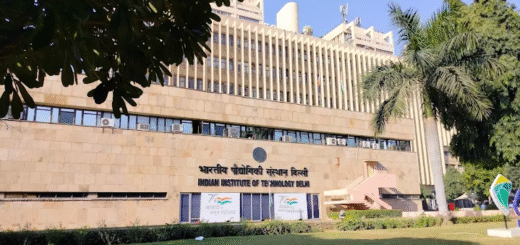


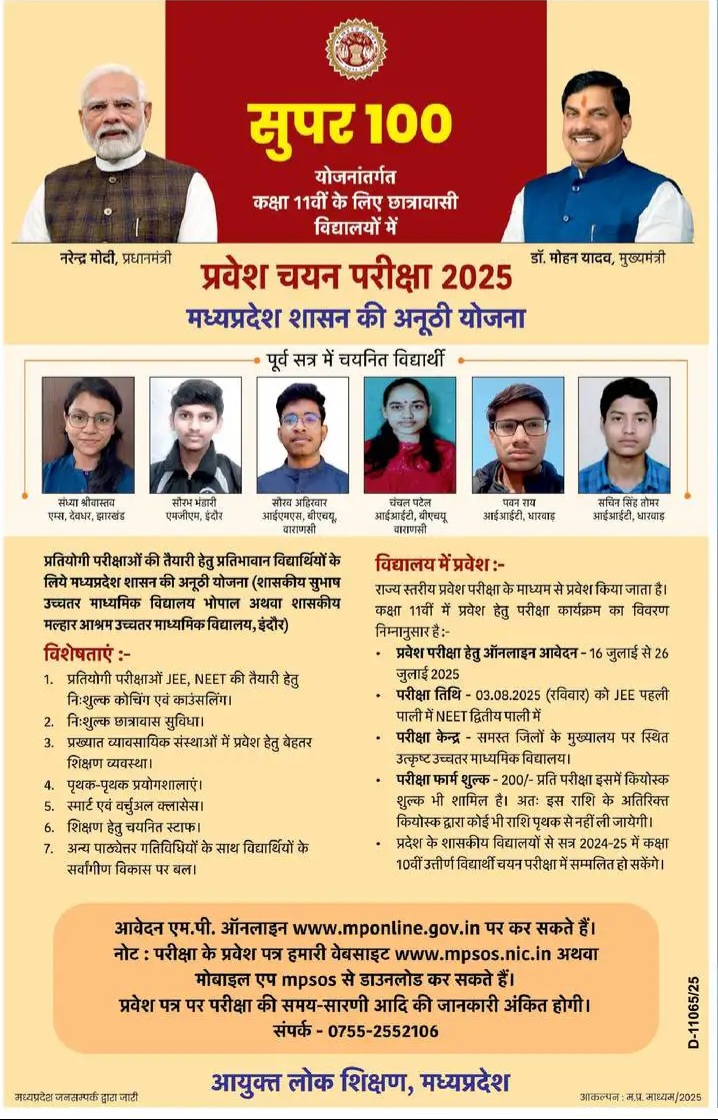

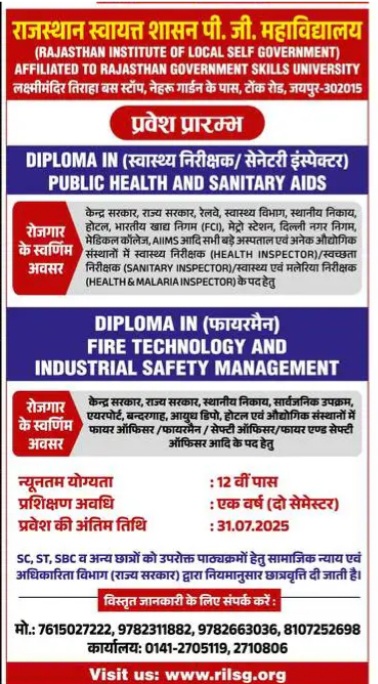
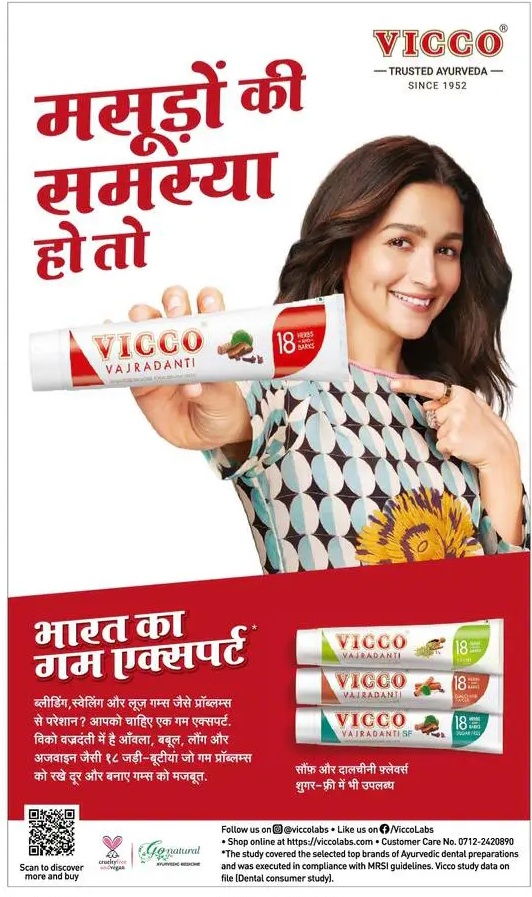
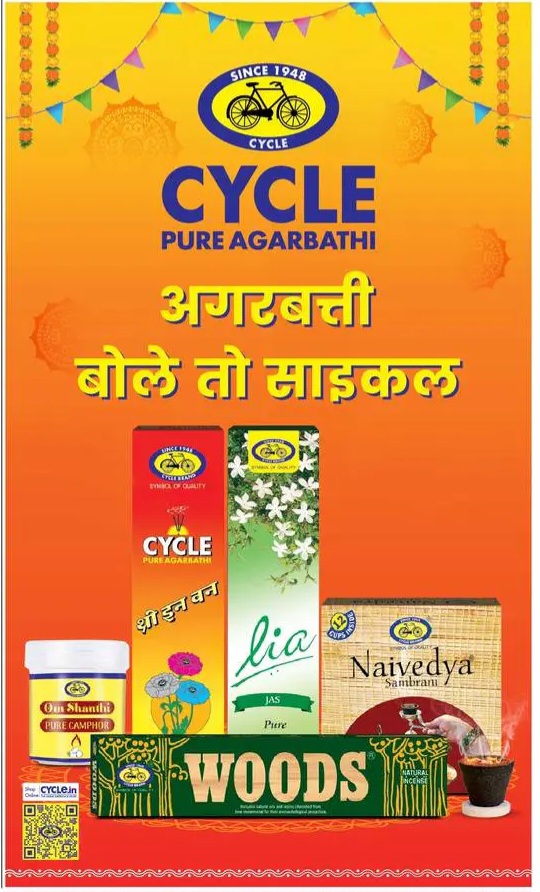
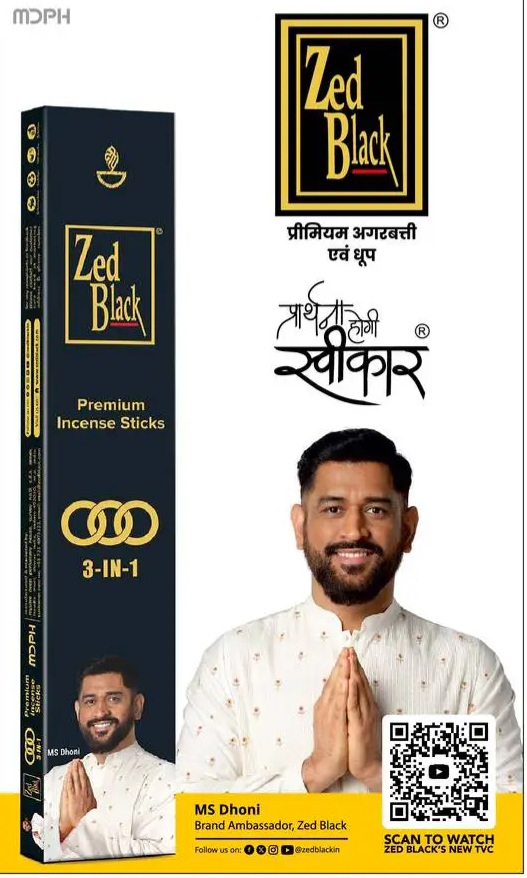

 +91-94068 22273
+91-94068 22273 
